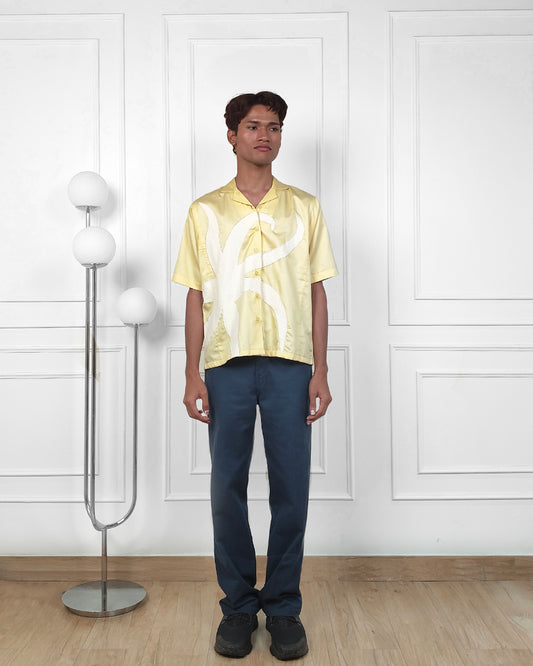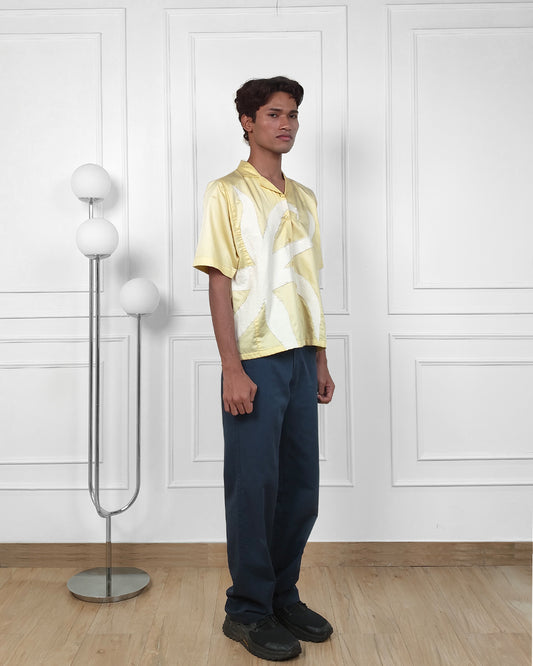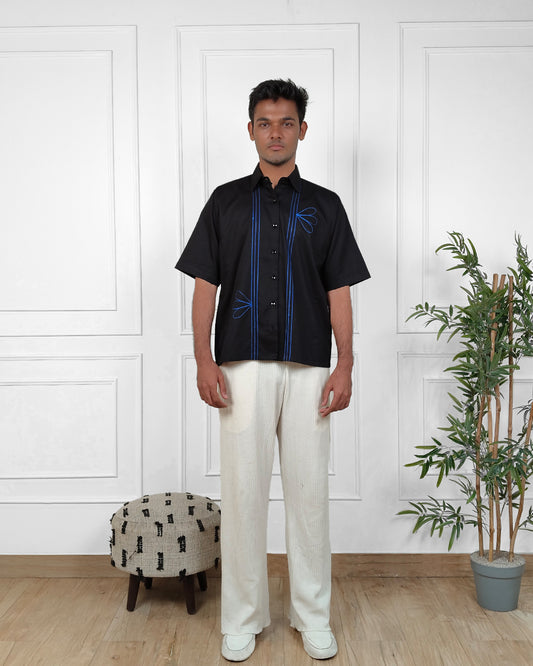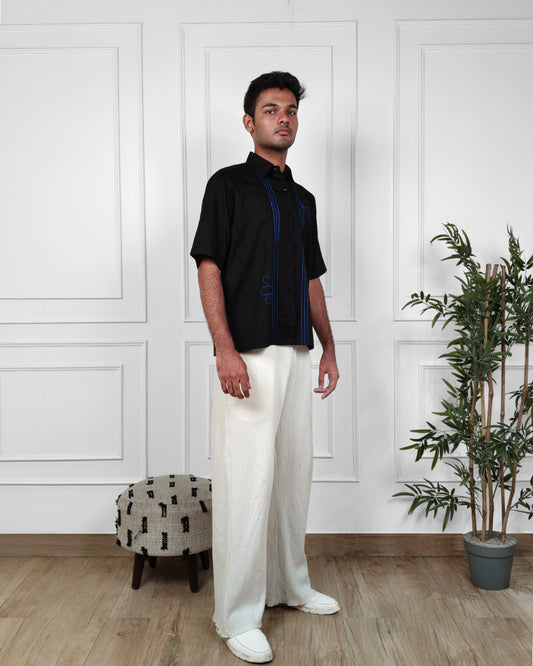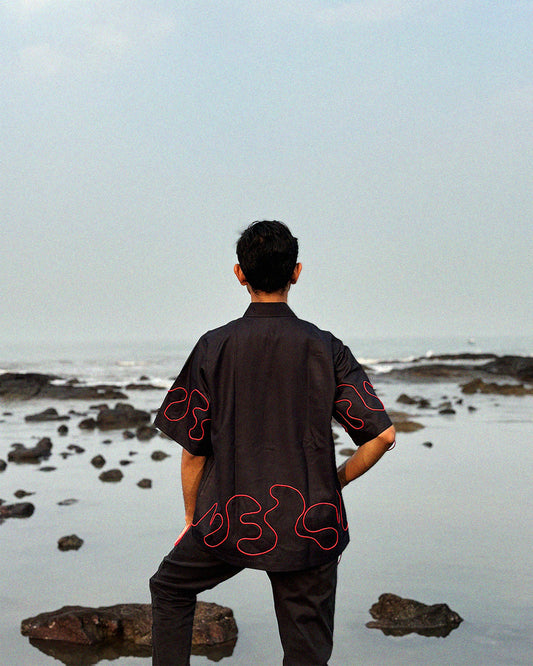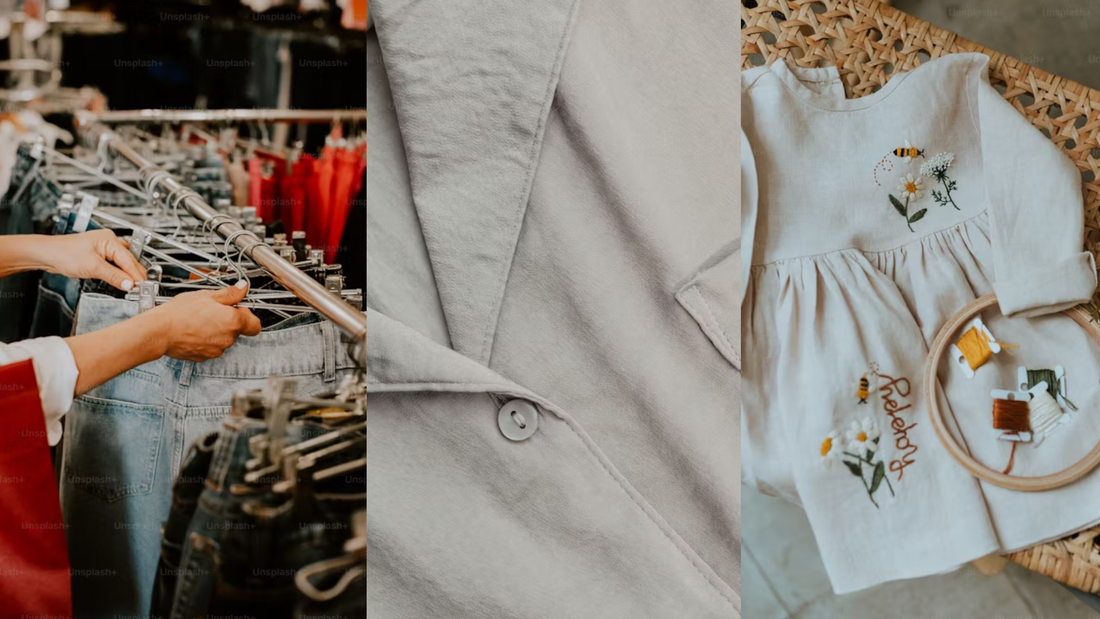
How to Transition to a Zero Waste Wardrobe: Small Changes That Make a Big Impact
Sustainable fashion is no longer just a trend—it’s a movement. With environmental concerns rising and the fashion industry being one of the largest polluters in the world, many people are turning to zero waste solutions for their wardrobes. The good news is that making a transition to a zero waste wardrobe doesn't have to be overwhelming or expensive. In fact, small changes can have a significant impact, both on the planet and your personal style.
In this guide, we'll explore practical, budget-friendly steps to help you build a sustainable wardrobe that aligns with your values. Whether you're a beginner or looking to refine your wardrobe, we’ll show you how even small changes can lead to big results.
Why Zero Waste Fashion Matters
Before we dive into the how, let’s first understand why sustainable fashion is important:
- Environmental impact: The fashion industry is responsible for 10% of global carbon emissions, according to the UN. It also uses an enormous amount of water—1,800 gallons per pair of jeans (National Geographic).
- Waste generation: The average person in the US discards 81 pounds of clothes each year (EPA), and a huge portion of this ends up in landfills. Fast fashion, which focuses on cheap, disposable clothing, is a major contributor to this waste.
- The rise of conscious consumers: People are more aware than ever of the environmental impact of their purchases. In fact, 66% of consumers are willing to pay more for sustainable products, according to a survey by Nielsen. This trend is growing globally, from the US to Australia.
What is Zero Waste Fashion?
Zero waste fashion means adopting practices that minimize waste at every step of the clothing lifecycle. It involves:
- Zero Waste cutting: Shopping for clothes that use sustainable cutting techniques - like zero waste cutting. ODITE is one such label pioneering zero waste shirts
- Eco-friendly materials: Choosing fabrics that are renewable, recyclable, or biodegradable.
- Buying less, but better: Focusing on quality over quantity.
- Repurposing and recycling: Giving new life to old clothes rather than discarding them.
- Mindful purchasing: Supporting brands and businesses committed to ethical production and sustainability.
Now, let’s break down the simple changes you can make today to work towards a zero waste wardrobe.
Practical Steps to Start Your Zero Waste Wardrobe
1. Do a Wardrobe Cleanout
- Evaluate your clothes: Start by taking a hard look at your current wardrobe. Keep only what you actually wear and love. If something hasn’t been worn in the last year, it’s probably time to donate or repurpose it.
- Repurpose old clothes: Instead of throwing away items that are worn out, get creative. Use them for DIY projects, such as turning an old t-shirt into a reusable bag or cutting up fabric to create rags.
- Sell or donate: If the clothes are still in good condition, consider selling or donating them to second-hand shops or online platforms.
2. Invest in Quality Over Quantity
- Buy less, but buy better: Focus on building a capsule wardrobe. A capsule wardrobe consists of a small number of versatile pieces that can be mixed and matched. Aim for items that are timeless and durable, which will last for many years.
- Fabric matters: Choose fabrics like organic cotton, hemp, and bamboo, which have a lower environmental impact compared to synthetic materials. Look for natural fibers that are biodegradable, reducing landfill waste.
- Check for certifications: Look for certifications like Global Organic Textile Standard (GOTS) or Fair Trade to ensure your clothes are made ethically and sustainably.
3. Choose Zero Waste-Friendly Materials
- Organic Cotton: Unlike conventional cotton, which uses pesticides and large amounts of water, organic cotton is grown without harmful chemicals, making it more eco-friendly.
- Tencel/Lyocell: A fabric made from sustainably sourced wood pulp, Tencel is biodegradable, and its production process uses less water and energy.
- Recycled Fabrics: Many brands now offer clothing made from recycled polyester or nylon, which helps keep plastic out of landfills and reduces the need for virgin materials.
4. Buy Secondhand Clothing
- Thrift stores: Visiting local thrift stores can be a great way to find high-quality clothing at a fraction of the price. In fact, secondhand clothing sales are expected to reach $77 billion by 2025 (ThredUp).
- Online marketplaces: Platforms like Poshmark, Depop, and eBay have a wide range of pre-loved clothing. It’s an easy and convenient way to shop sustainably, and you can often find rare or vintage items.
- Clothing swaps: Organize or attend a clothing swap with friends. It’s a fun way to refresh your wardrobe without spending a dime.
5. Support Sustainable and Ethical Brands
- Research brands: There’s a growing number of companies committed to zero waste and sustainability. Brands like Patagonia, Reformation, and Stella McCartney are leading the way. Support businesses that are transparent about their practices and who make sustainability a priority.
- Check the brand’s ethics: Look into whether the company uses ethical manufacturing processes, pays fair wages, and works to minimize its carbon footprint. Websites like Good On You rate brands based on their sustainability efforts, helping you make informed decisions.
6. Care for Your Clothes to Make Them Last Longer
- Wash less: Washing clothes, especially synthetic fabrics, can release microplastics into the ocean. Reduce washing frequency and opt for a natural detergent that is eco-friendly.
- Air dry: Avoid using the dryer, which consumes a lot of energy and wears out clothes faster. Instead, air-dry your garments or use a clothesline.
- Repair and upcycle: If something tears or gets damaged, try repairing it before throwing it away. YouTube has tons of tutorials on simple clothing repairs like fixing a zipper or patching holes.
7. DIY and Upcycling Projects
- Create new pieces: With a bit of creativity, you can turn old clothes into new, trendy items. For example, use fabric from an old pair of jeans to make a bag or turn an old sweater into a pillow cover.
- Learn basic sewing: Having basic sewing skills can empower you to repair, modify, and even make your own clothes. All you need is a sewing machine, some fabric, and a few tutorials online to get started.
Budget-Friendly Zero Waste Fashion
Transitioning to a zero waste wardrobe doesn’t have to be expensive. Here are some affordable options:
- Thrift stores and charity shops: These stores often have gently used clothing for a fraction of the cost, and many are now online, making it easier to find great deals.
- DIY projects: Upcycling old clothing or creating new pieces can be inexpensive and fun.
- Rent clothes: If you need something special for an event, renting clothes is an affordable and sustainable option.
Investing in Sustainable Fashion: A Long-Term View
While some eco-friendly fashion choices might cost more upfront, they can save money in the long run by reducing the need for constant clothing purchases. Consider this:
- A high-quality, durable item may last you years longer than cheaper, fast fashion alternatives.
- By supporting brands that prioritize sustainability, you contribute to a positive shift in the industry, encouraging other companies to follow suit.
Final Thoughts: A Zero Waste Wardrobe is Possible
Building a zero waste wardrobe is all about making mindful decisions that work for both your personal style and the planet. Remember, small changes add up over time, and every little step counts. Whether you're thrifting, upcycling, or buying from ethical brands, your efforts make a big impact.
Key Takeaways:
- Start by decluttering your wardrobe and repurposing old clothes.
- Invest in quality, sustainable items that will last.
- Support ethical brands and buy secondhand to reduce waste.
- Take care of your clothes to extend their life.
No matter where you are on your zero waste journey, it’s never too late to start. Take it one step at a time, and remember: every sustainable choice makes a difference!
References:
- National Geographic. (2020). How much water does a t-shirt use?. https://www.nationalgeographic.com
- ThredUp. (2021). 2021 Resale Report. https://www.thredup.com
- EPA. (2020). Sustainable Materials Management: Facts and Figures. https://www.epa.gov
- Nielsen. (2015). The Sustainability Imperative: New Insights on Consumer Expectations. https://www.nielsen.com
- Good On You. (2024). Ethical Fashion Guide. https://www.goodonyou.eco
Images:
- Image 1: https://unsplash.com/photos/a-person-standing-in-front-of-a-rack-of-jeans-2EDBFZAYMPU
- Image 2: https://unsplash.com/photos/a-close-up-of-a-button-on-a-shirt-NzxwD1XcgFk
- Image 3: https://unsplash.com/photos/a-babys-outfit-and-a-toy-are-sitting-on-a-wicker-chair-kOrdkJ6PEEY

